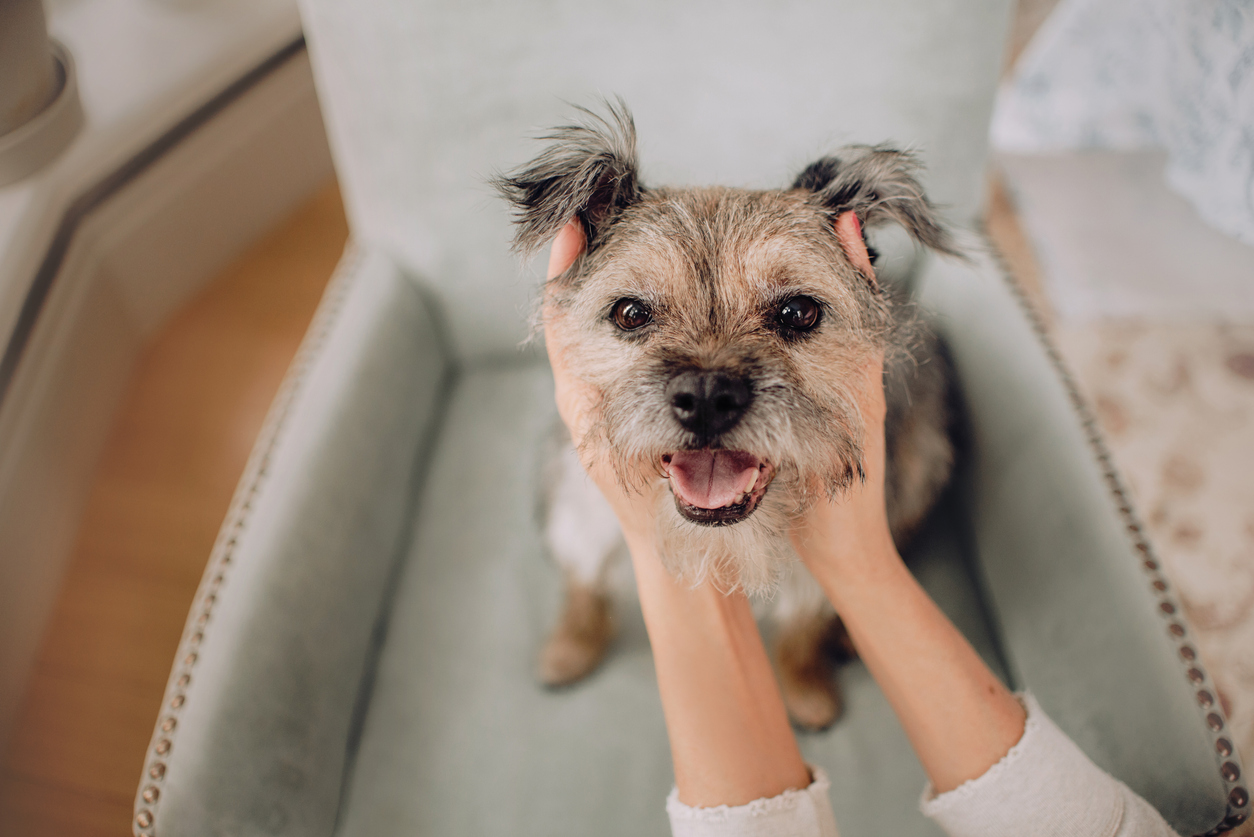
Animals communicate using the same basic principles as humans. However, it is less sophisticated than ours in most forms of communication, most notably sound communication. If you want to grow closer to your pet and try to understand what they mean sometimes when they are growling or what they think when they are sad, have a look at some of the suggestions below.
Examine How Your Pet Employs His Eyes, Ears, and Face
 Animals will use various parts of their bodies to express their emotions. Being aware of how your pet moves his body can indicate whether he is happy, sick, or even angry. Your horse’s eyes, for example, can indicate whether he is alert (fully open), drowsy (half open), or having problems with one eye (problem eye stays shut).
Animals will use various parts of their bodies to express their emotions. Being aware of how your pet moves his body can indicate whether he is happy, sick, or even angry. Your horse’s eyes, for example, can indicate whether he is alert (fully open), drowsy (half open), or having problems with one eye (problem eye stays shut).
Your dog’s eyes, for example, may narrow and stare at you if he is feeling aggressive. He may also avoid making eye contact with you to demonstrate his submissiveness or deference to you. If your cat, on the other hand, is particularly worried about something, his ears may retract.
Additional Note: To indicate concentration, dogs and horses will prick their ears up and slightly forward. Your dog’s mouth may be slightly open without showing his teeth to indicate that he is relaxing, cooling off by panting, and remaining alert.
Keep an Eye Out for Teeth Showing
Most pets and other animals do not show their teeth to express pleasure, joy, or fun. Humans, of course, do. Pets/animals, on the other hand, show their teeth as if to say, “watch out, I bite,” in fear, threat, anger, or fun when serious or playing and wrestling!
Examine How Your Pet Moves His Legs and Tail (If He Has One)
Your pet’s legs and tail, like his eyes, ears, and face, can provide useful information about how he’s feeling. For example, your horse’s tail may be flicked slowly to swish away flies, but it may be flicked more quickly to express anger or annoyance. Cats, like horses, will flick their tails quickly in anger.
When your dog holds his tail in a position that is level with or slightly lower than his body, he is indicating that he is friendly. Your horse can buck and show that he is having fun by using his legs. Bucking, on the other hand, may convey uncertainty.
Examine Your Pet’s Posture
 Your pet can also communicate with you by changing the way he positions and moves his body. For example, if your dog suddenly freezes and tenses his body, he may be expressing uncertainty about something or preparing to attack. If your horse walks stiffly, he could be stressed, nervous, or in pain.
Your pet can also communicate with you by changing the way he positions and moves his body. For example, if your dog suddenly freezes and tenses his body, he may be expressing uncertainty about something or preparing to attack. If your horse walks stiffly, he could be stressed, nervous, or in pain.
If you have a small pocket pet, such as a guinea pig, you may notice that he becomes especially fidgety when irritable or agitated.
If your cat is lying on his back, he could be expressing one of two emotions: relaxation (usually accompanied by a purr) or anger (usually accompanied by a growl).
Pay Attention to Your Dog’s Vocalizations
A dog’s common vocalizations include barking, growling, and howling. When your dog is aggressive or territorial, he will likely bark quickly, loudly, and in a high pitch. A high-pitched bark, on the other hand, can indicate friendliness or playfulness and can be accompanied by yapping or whimpering.
Growls are frequently your dog’s way of telling you to keep your distance. They can, however, be signs of contentment, similar to a cat’s purring. Examine your dog’s overall body language to figure out what he’s trying to say with his growl.
If your dog is lonely or suffering from separation anxiety, he may let out a long and sustained howl. Furthermore, if he is injured or ill, he may howl more than usual.
Pay Attention to the Sounds Your Cat Makes
The meow is a very common sound made by your cat. He will meow for various reasons. He may meow to greet you, to indicate that he is hungry or thirsty, or to express his displeasure with something you are doing. It is best to leave your cat alone if he begins growling or hissing. His growls and hisses indicate that he is extremely agitated about something. Anxiety caused by separation.





